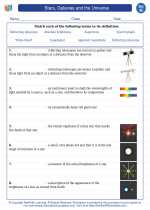Cellular Signaling
Cellular signaling, also known as cell signaling, is the process by which cells communicate with each other to coordinate their activities. This communication is essential for the proper functioning of multicellular organisms, allowing cells to respond to changes in their environment and coordinate their actions with other cells.
Types of Cellular Signaling
There are several mechanisms by which cells can communicate with each other:
- Endocrine Signaling: Involves the release of signaling molecules called hormones into the bloodstream, which can then travel to distant target cells.
- Paracrine Signaling: Involves the release of signaling molecules that act locally on nearby target cells.
- Autocrine Signaling: Involves cells responding to signaling molecules that they themselves release.
- Neuronal Signaling: Involves the transmission of signals between nerve cells through electrical and chemical signals.
Key Players in Cellular Signaling
Several key components are involved in cellular signaling:
- Signaling Molecules: These can be hormones, neurotransmitters, or other molecules that carry signals from one cell to another.
- Receptors: Proteins located on the surface of the target cell that bind to specific signaling molecules, triggering a response within the cell.
- Signal Transduction Pathways: Series of molecular events within the cell that lead to a specific response, often involving a cascade of protein interactions and modifications.
- Cellular Responses: These can include changes in gene expression, alterations in cell metabolism, or other cellular activities triggered by the signaling pathway.
Study Guide
When studying cellular signaling, it's important to understand the following key concepts:
- Describe the different types of cellular signaling and provide examples of each.
- Explain the role of signaling molecules and how they are released and received by target cells.
- Discuss the mechanisms by which cells transduce signals into specific cellular responses.
- Explore the importance of cellular signaling in coordinating the activities of multicellular organisms.
- Understand the implications of dysregulated cellular signaling in disease states, such as cancer and diabetes.
When studying cellular signaling, it can be helpful to use visual aids such as diagrams and flowcharts to understand the complex pathways involved. Additionally, practicing with case studies and real-world examples can help reinforce your understanding of how cellular signaling operates in various biological contexts.
Remember to review and understand the key players in cellular signaling, including the roles of signaling molecules, receptors, signal transduction pathways, and cellular responses.
By mastering the concepts of cellular signaling, you will gain a deeper understanding of how cells communicate and coordinate their activities, which is fundamental to many aspects of biology and human health.
.◂Science Worksheets and Study Guides Eighth Grade. Stars, Galaxies and the Universe

 Worksheet/Answer key
Worksheet/Answer key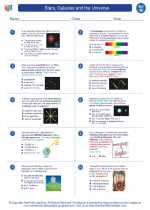
 Worksheet/Answer key
Worksheet/Answer key
 Worksheet/Answer key
Worksheet/Answer key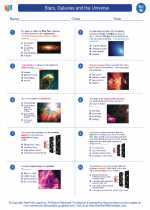
 Vocabulary/Answer key
Vocabulary/Answer key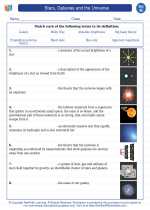
 Vocabulary/Answer key
Vocabulary/Answer key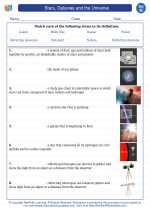
 Vocabulary/Answer key
Vocabulary/Answer key